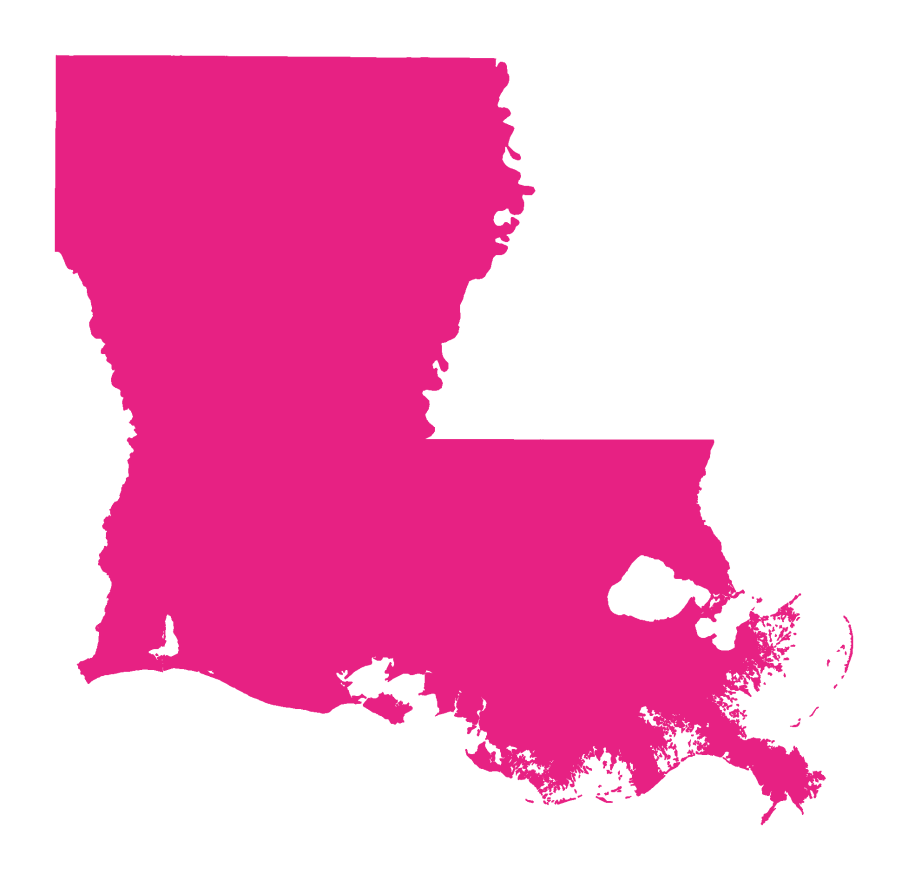
By now, you have no doubt heard that on Saturday night, Governor John Bel Edwards won re-election over Republican challenger Eddie Rispone.
But how did the Democrat incumbent score victory in ruby-red, Louisiana?
To talk through the results, I'm joined by demographer and Edward's campaign consultant, Greg Rigamer.
Q: So the Edwards campaign brought you on after the primary. What did you see as some areas for improvement from that first round of voting?
Well, after the primary, there was a thought that maybe the African American vote didn't turn out as well as it did in 2015. But in a quick analysis of the voting patterns on that, we saw that African American turnout actually had increased from November 2015 to October 2019. However, white turnout increased at a greater proportion. So while more African Americans voted than in 2015, the fact of the matter is they represented a smaller percentage of the total votes cast. So the thought was, 'How do we get to these people who typically vote in a presidential or highly partisan race, but not typically a gubernatorial race?'
Q: And what was the answer?
Well, first of all, scouring the voting rolls to see who voted in the presidential race, but not a gubernatorial race, and also people who voted in November of 2018 but did not vote in October 2019.
Q: Any big demographics that jumped out at you?
Well, I mean obviously for a Democrat running in Louisiana, the African American constituency is very important, you know, exceedingly important. The formula has always been you need, for a Democrats and win is least 90% of the African American vote and a third of the white vote. And that has been the formula that has held true for every race since 2003. But in this race, the governor got about 31% of the white vote, but he got literally-- unequivocally-- over 98% of the African American votes. I have worked in lots of campaigns. I have followed the presidential elections. His performance in the African American precincts is really the best that I've seen.
Q: When we spoke leading up to this conversation, you talked about one bit of analysis that really floored you in the breakdown of this race. Tell me a bit about that.
If you look at Louisiana's 64 parishes, if you look at your four largest parishes-- which are East Baton Rouge, Jefferson Parish, Orleans and Saint Tammany Parish-- They represent about one out of every three voters in Louisiana. While the governor won overall by 40,000 votes, he comes out of the top four parishes with a margin-- a 152,000 vote lead on Eddie Rispone-- in just those four parishes. So the bottom line is, the top four parishes really put the governor in office. I mean obviously you have to run okay in the other places, but in reality, the grouping from parish number five to parish number 64 Eddie Rispone won. If it were a ground game, we'd be calling him governor. But it's not a ground game. It's a numbers game.
Q: That works out pretty well for a numbers guy.
That works well for a numbers guy! That's right.
Copyright 2021 WRKF. To see more, visit WRKF. 9(MDA4NjIwNTkwMDEzMjI4NDY0MjY4ZTBlNA004))




